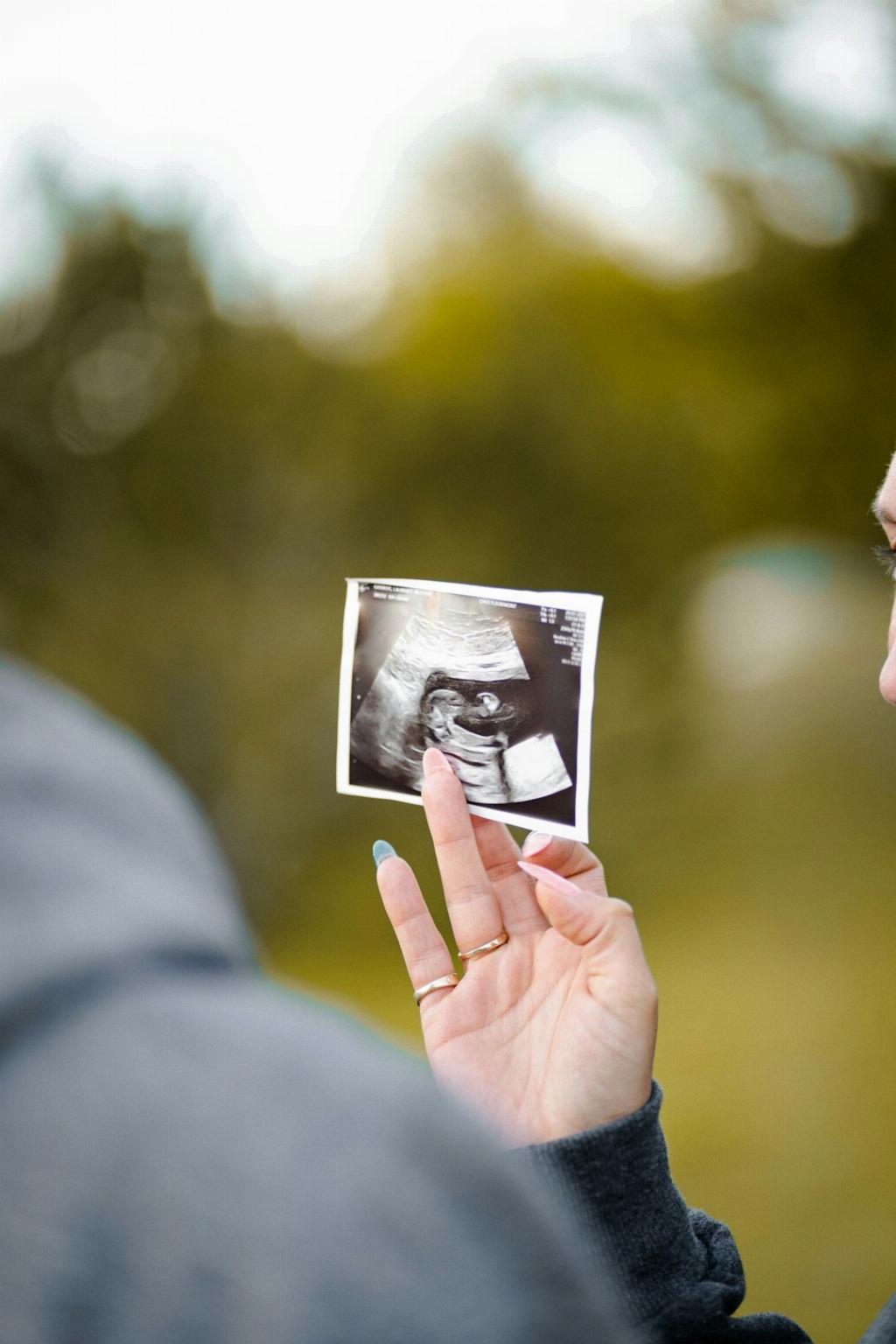After undergoing a C-section, it is essential to be aware of the changes your body may go through during the recovery process. One common concern that many individuals have is the presence of blood clots following the procedure. It’s crucial to understand that experiencing blood clots after a C-section is a normal part of the healing process.
Postpartum Bleeding and Clotting
During the days following a C-section, it is typical to experience postpartum bleeding known as lochia. This discharge can vary in color, starting off as bright red and gradually changing to brown, pink, and eventually white over a few weeks. Additionally, it is not uncommon to pass small blood clots during this time.
Clotting Patterns After a C-section
The presence of blood clots after a C-section may initially be more prominent in the immediate post-op period but should decrease in frequency and size as time progresses. While it can be alarming to see blood clots, especially in the days following surgery, it is essential to differentiate between normal clotting patterns and abnormal bleeding.
Factors Contributing to Clot Formation
Several factors can contribute to the formation of blood clots after a C-section. The body’s natural response to healing, hormonal changes, and the uterus shedding its lining all play a role in the clotting process. It is crucial to monitor the amount and frequency of blood clots to ensure they align with the expected postpartum recovery timeline.
When to Seek Medical Attention
While blood clots are a common occurrence after a C-section, there are instances where you should seek medical attention. If you are passing large blood clots consistently, experiencing severe pain, or noticing a foul odor or unusual discharge, it is essential to consult your healthcare provider promptly.
Preventing Complications
To reduce the risk of complications related to blood clot formation after a C-section, it is essential to follow your healthcare provider’s postoperative care instructions diligently. Staying hydrated, engaging in light physical activity as tolerated, and avoiding prolonged periods of immobility can help promote healthy healing and reduce the likelihood of excessive clotting.
Monitoring Your Recovery
Monitoring your postpartum recovery, including the presence of blood clots, is an essential aspect of ensuring your overall well-being after a C-section. By staying vigilant and attentive to any changes in your symptoms, you can effectively navigate the recovery process and address any concerns promptly.
Embracing Your Body’s Healing Process
It is crucial to remember that your body is undergoing a significant healing process following a C-section. Embracing the changes and fluctuations in your postpartum recovery, including the presence of blood clots, is a natural part of the journey towards recovery and restoration of your health.
Support and Understanding
Seeking support from loved ones and healthcare providers can offer invaluable encouragement and guidance as you navigate the recovery process after a C-section. Understanding that blood clots are a normal occurrence during this time can help alleviate concerns and foster a sense of empowerment in managing your postpartum health.
Conclusion
In conclusion, experiencing blood clots after a C-section is a common and expected part of the postpartum recovery process. By remaining informed about the factors contributing to clot formation, monitoring your symptoms, and seeking medical attention when necessary, you can confidently navigate your healing journey and embrace the transformative experience of childbirth.

